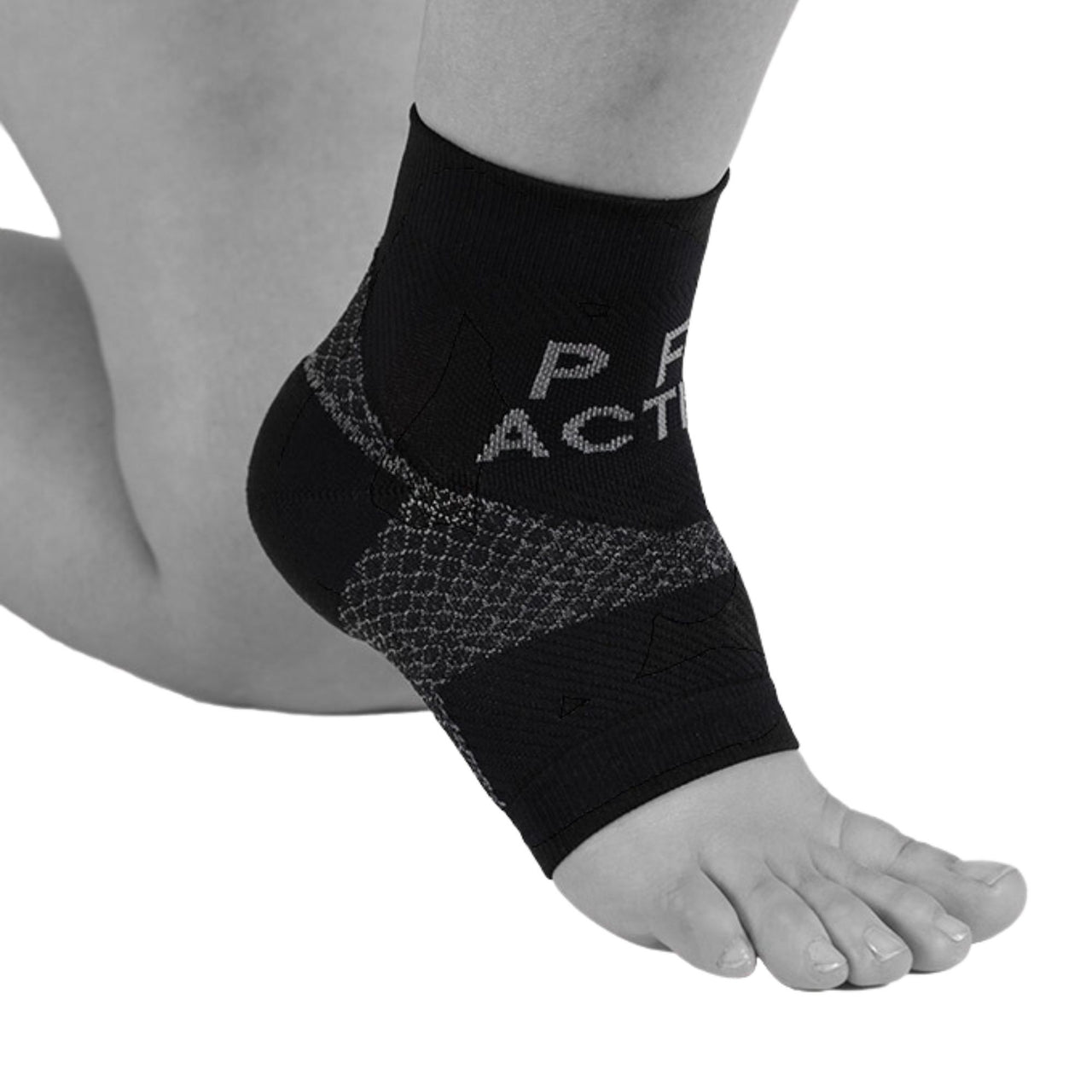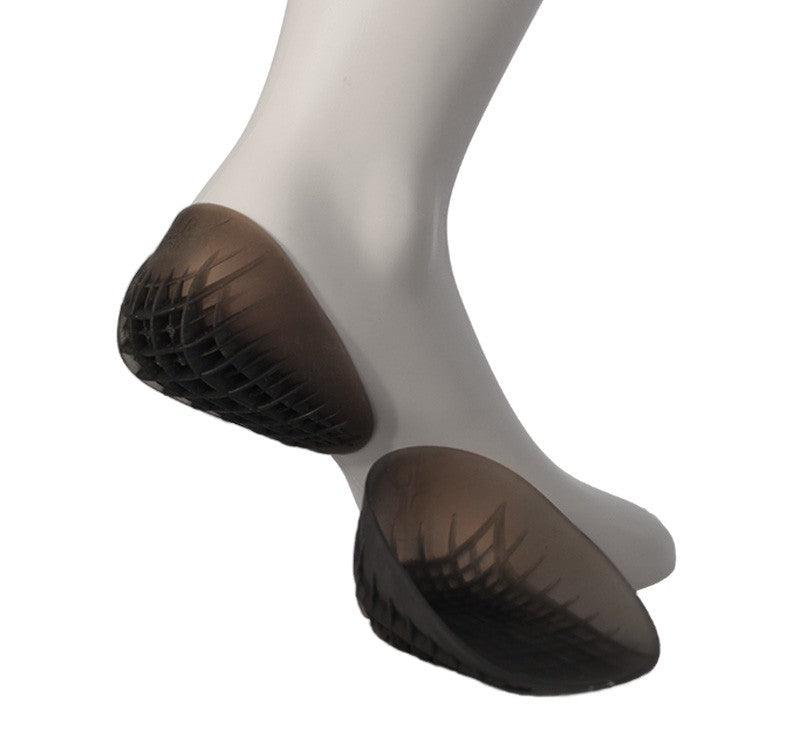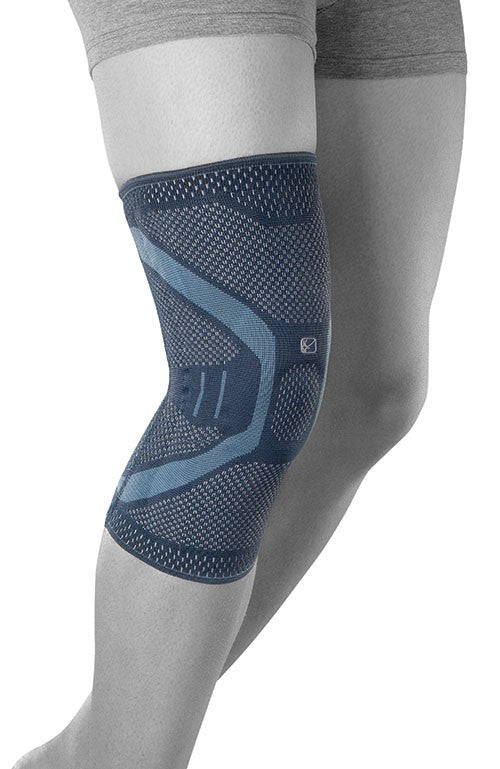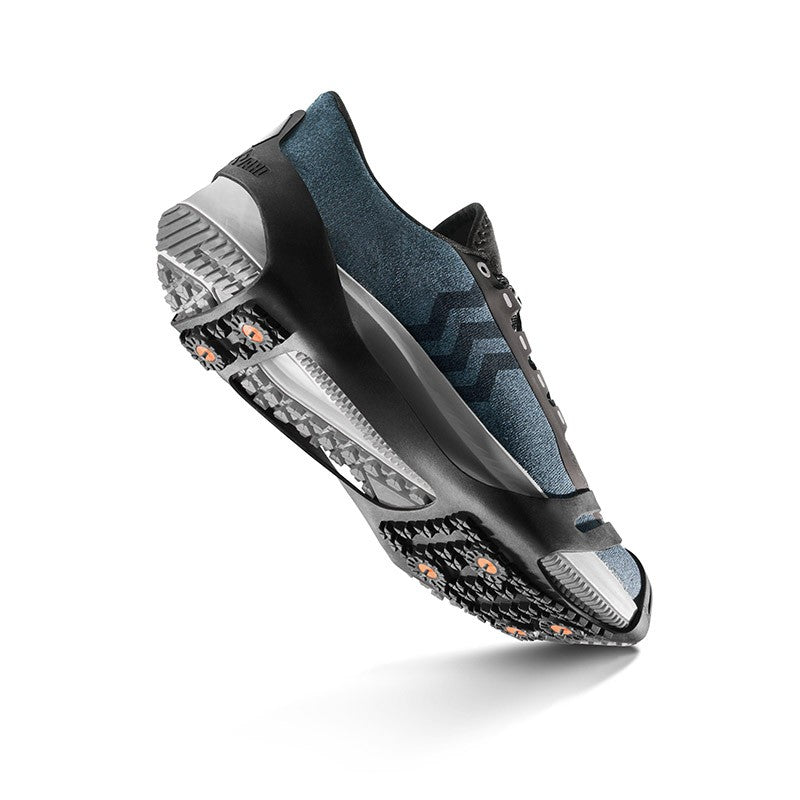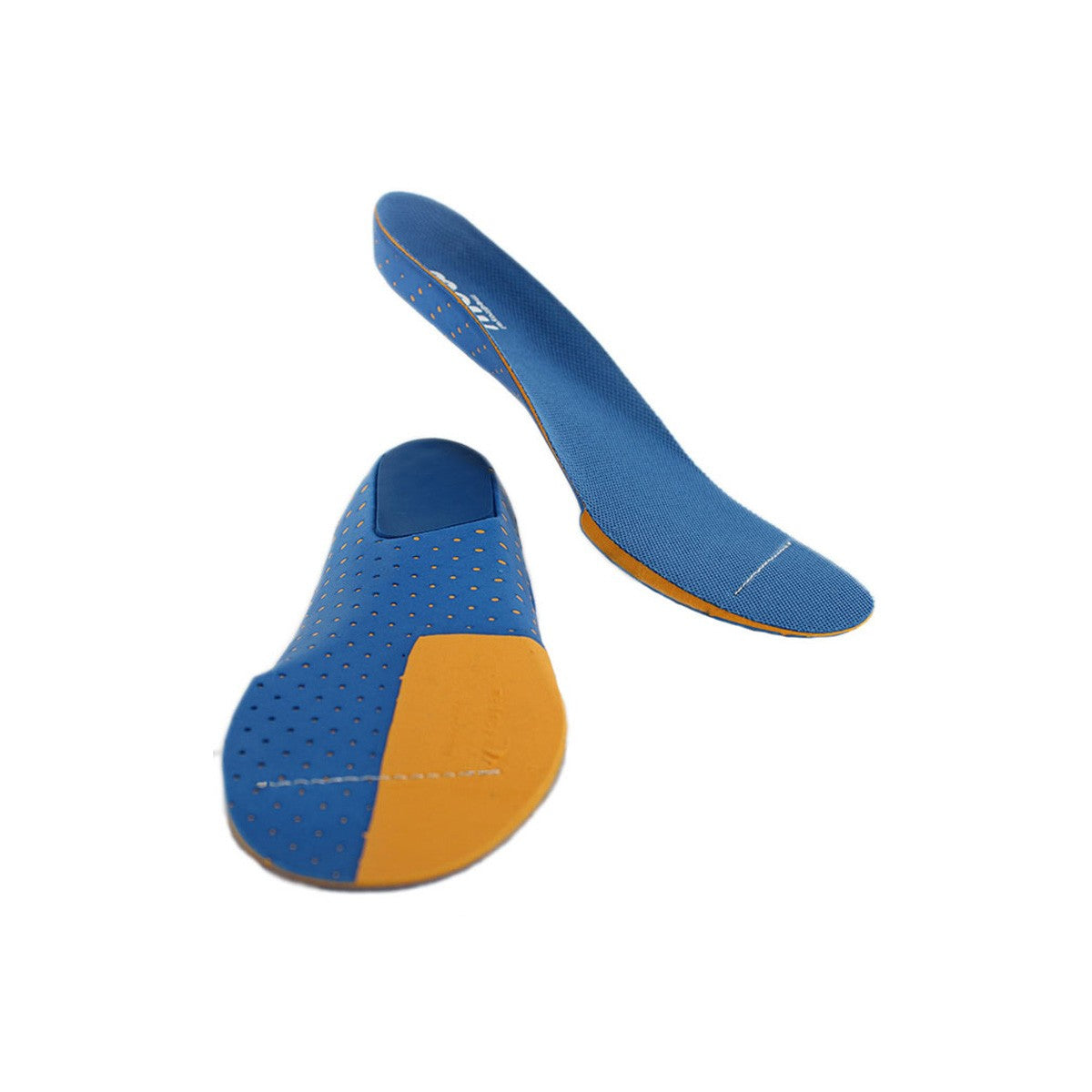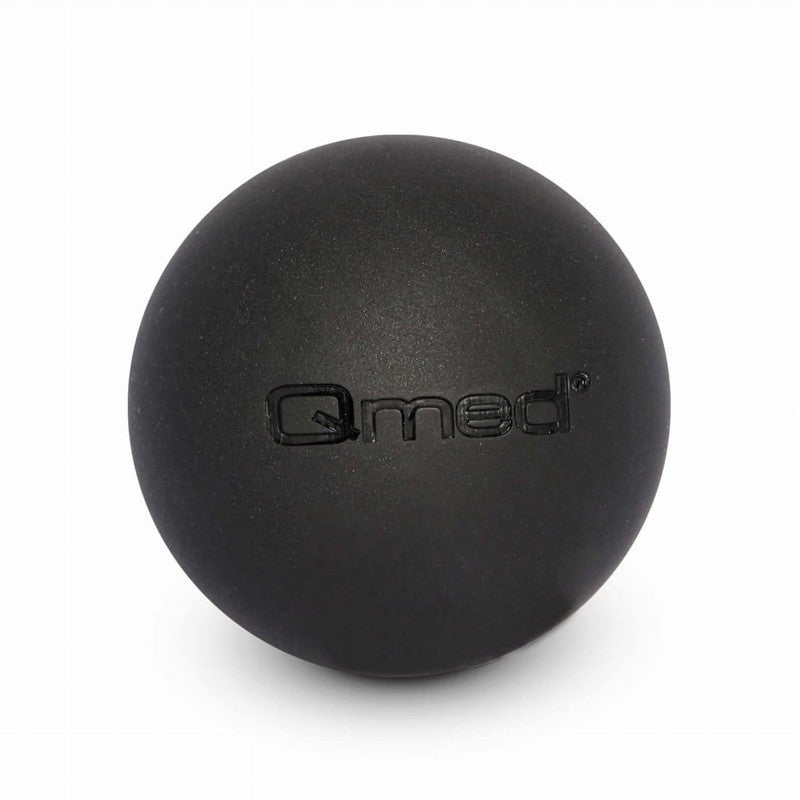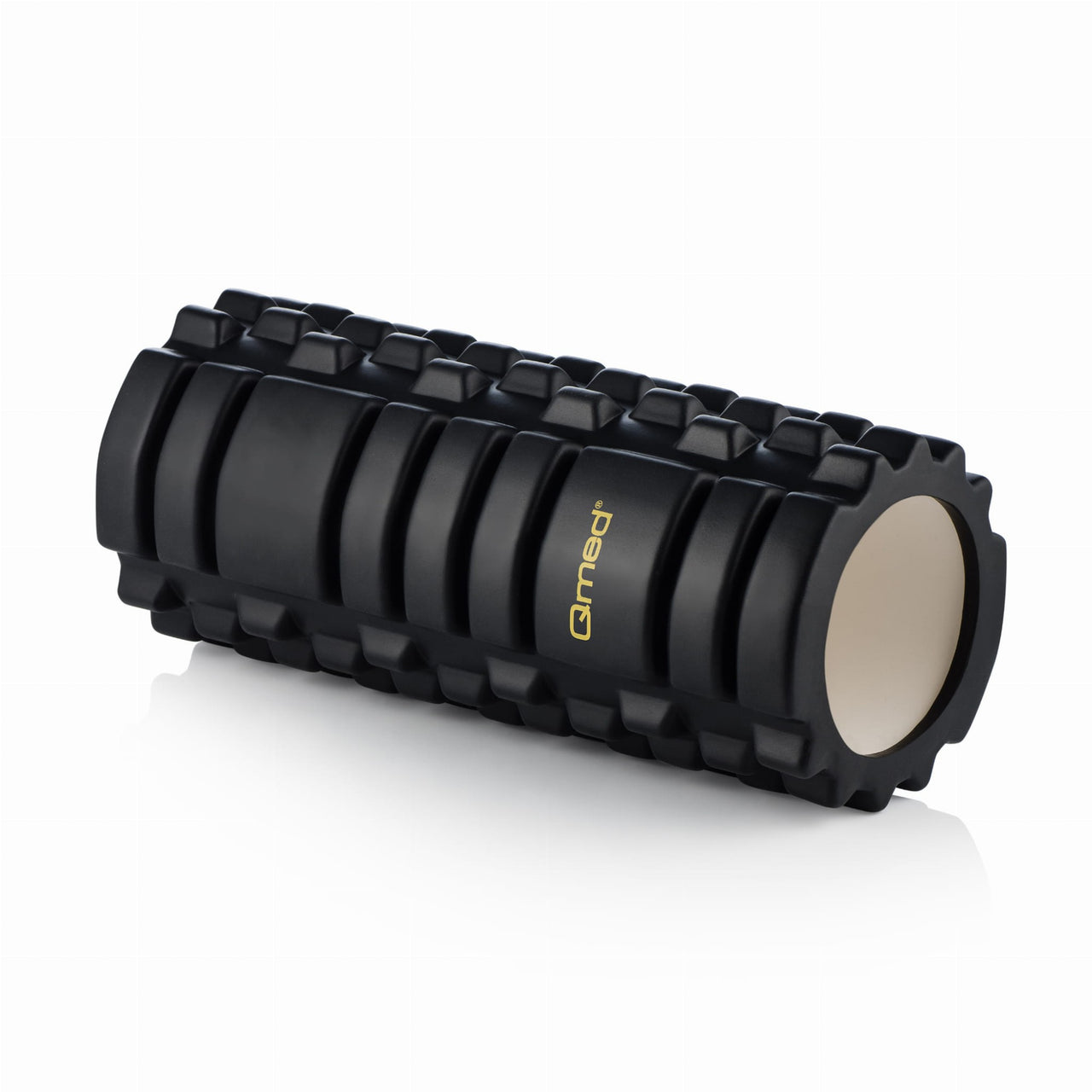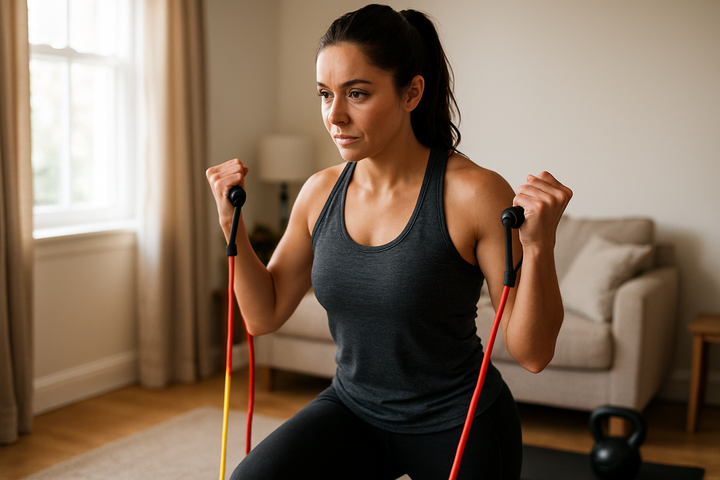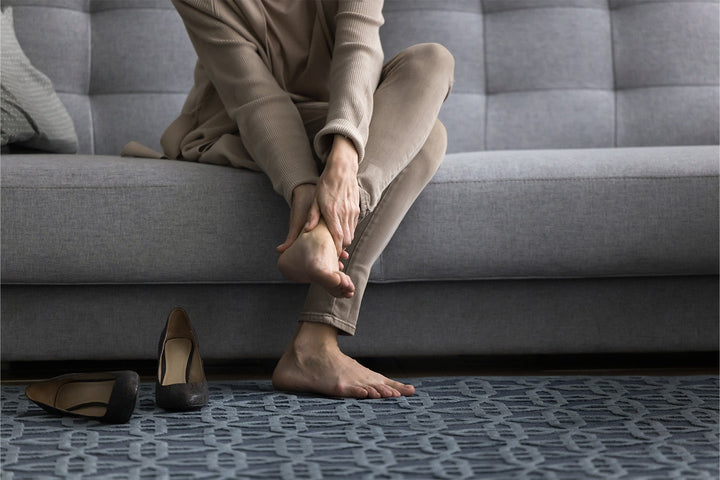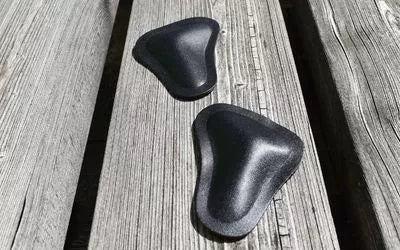
Whether you're a beginner or a seasoned runner, proper foot support is crucial for both comfort and performance. Every step you take while running puts several times your body weight on your feet. Without proper support, this can lead to pain, fatigue, and, in the worst case, injury.
Running insoles can be the solution – they improve shock absorption, provide extra stability and reduce the risk of overuse injuries. In this guide, we'll go over the benefits of running insoles and how to find the right insole for your needs.
Why use insoles when running?
The right insole can make a big difference to your running:
- Improved shock absorption – absorbs shock and reduces pressure on feet, knees and hips.
- Increased stability – reduces the risk of oblique loading and incorrect posture.
- Reduced risk of injury – prevents problems such as heel spurs, plantar fasciitis and periosteum inflammation.
- Better energy return – some soles provide extra boost in your stride.
- Increased comfort – allows you to run longer without foot pain.
Common running problems that insoles can help with
Pronation and supination
Pronation means that the foot rolls inward during the stride. This can cause pain in the knees and hips. Supination is the opposite, when the foot rolls outward, which can lead to instability. Insoles with pronation support or extra cushioning can correct and reduce the load.
Plantar fasciitis and heel spurs
Overuse of the connective tissue under the foot can cause plantar fasciitis and heel pain. A heel spur insole with extra arch support and soft cushioning under the heel can relieve and prevent these problems.
Tired and sore feet
Do your feet feel tired after running? It could be because your shoes lack cushioning. Gel or foam-based insoles provide relief and help you last longer.
Knee and hip problems
Incorrect foot position affects the entire body. By stabilizing the foot, the right insoles can reduce oblique loading and thus relieve knee and hip pain.
How to choose the right insole for running
Choosing the right sole is about understanding your needs and your running style.
1. Identify your need
- Heel or arch pain? → choose an insole with targeted support
- Need extra cushioning? → choose insoles with foam or gel
- Crooked foot position (pronation/supination)? → choose corrective insoles
2. Adjust the soles to your running shoes
- Neutral shoe: supplement with arch support or extra cushioning
- Stability shoe (for pronation): choose soles that do not interfere with the function of the shoe
- Fit: the sole should not feel tight – choose thinner models for tight shoes
Frequently asked questions about running insoles
Can I use the same insoles in different running shoes?
Yes, but think about the fit. If you have several pairs of shoes, it can be practical to have separate insoles.
Should I remove the existing insole from the shoe?
Yes, always remove the old insole before placing in your new insoles.
How long does a pair of insoles last?
Typically 6–12 months depending on material and running volume. When the cushioning feels flat, it's time to replace.
Summary: insoles for a better running experience
Investing in running insoles is a simple step that can improve your comfort, reduce injuries, and optimize your performance. Whether you're running short laps or long distances, the right insoles can give you the support your feet need.
At Rehaboteket you will find a wide range of running insoles adapted to different running styles and needs.

